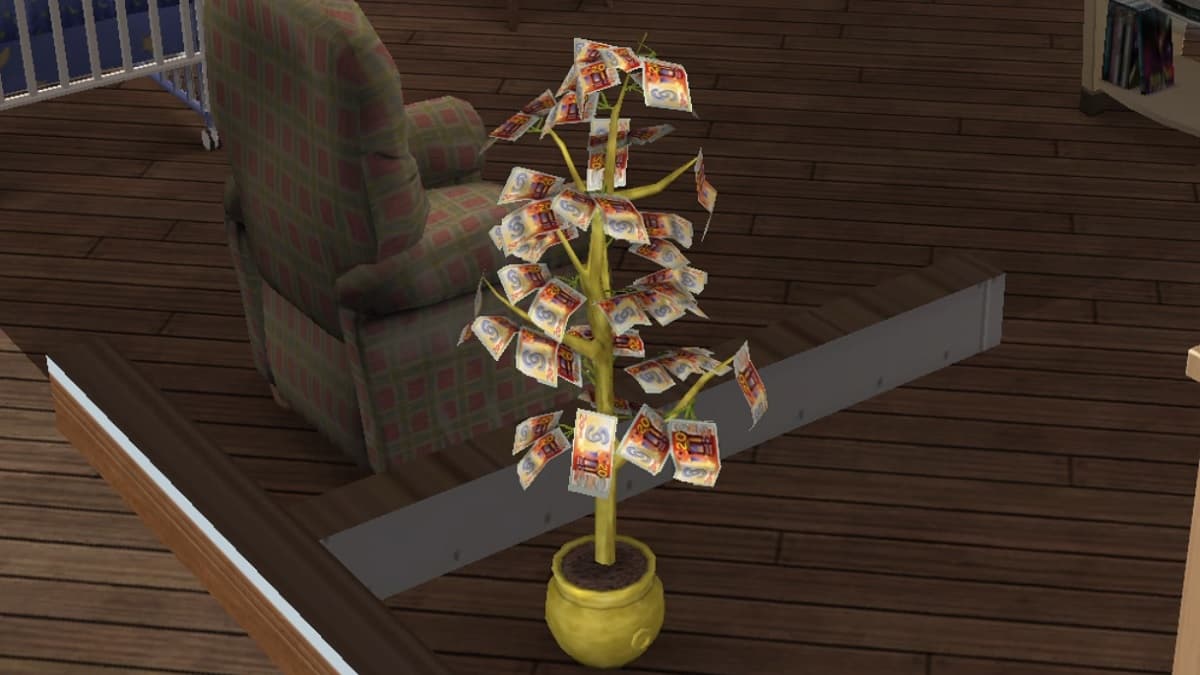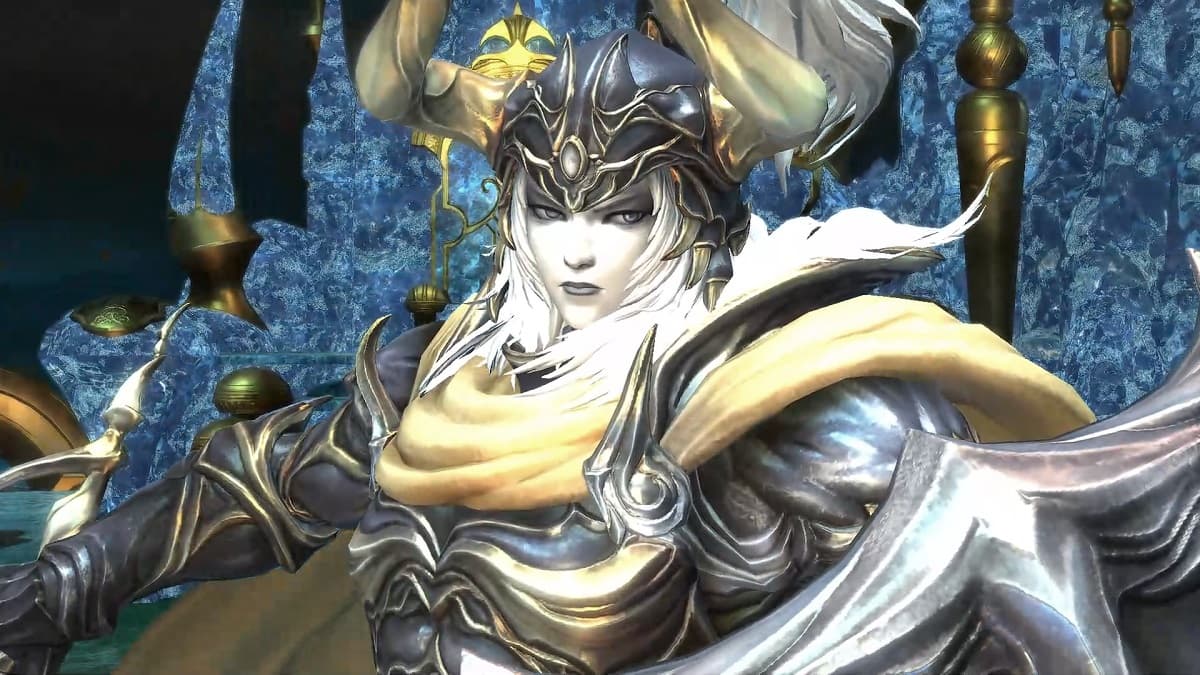Video game rumours. Remember those? Gamers who played between the 80s and early 00s will know what I’m talking about: those rampant video game myths passed around the schoolyard or on the internet by someone whose “uncle works at Nintendo” or “knows someone who works at Sega.”
For those who can’t remember such a time, maybe some of these well-known myths will jog your memory:
- Find the bigfoot in San Andreas by roaming around forest sections in the game! – Grand Theft Auto: San Andreas
- Get the Triforce by killing Ganon with 100% completion; this includes golden skulltulas and side-quests! – Legend of Zelda: Ocarina of Time
- Push the truck near the S.S. Anne to get Mew! – Pokemon Red and Blue
- Aeris can be brought back to life! – Final Fantasy VII
- Unlock Sonic by getting 100 kills in Cruel Melee! – Super Smash Bros. Melee
- Play as Luigi by using player two with 99 lives! – Super Mario 64
- Get Pikablu by using a water stone on a level 100 Pikachu! – Pokemon Yellow
To some, these were the highlights of gaming history. These rumours made players want to complete these tasks, no matter how impossible they might seem. But where are they now? Sure, we get the occasional rumors like “Herobrine”, but nothing was as rampant as these myths. It certainly raises the question of: why do myths not spread like they used to?
Blame the Internet!
The first and most obvious culprit for the death of rumor mills is the Internet. Thanks to a wide source of gamers who have tested these rumors inside and out, there’s very little cover a hoax can hide behind before it gets called out. Ever since Photoshop became a mainstream editing program the shelf life of image-based rumors have dropped, and even videos have come under scrutiny over time due to video editing softwares such as After Effects have entered the average internet’s common knowledge.
The most recent rumor generators was Super Smash Bros. WiiU/3DS, and most people were hesitant to believe anything unconfirmed by Nintendo
Of course, this has not stopped people from trying to prove their hoaxes. The above image, for example, was taken from a video that claimed Rayman would be the newest fighter in Super Smash Bros. Wii U/3DS. Evidence such as Rayman’s trophy being in the game files, and the overall demand for the character helped support the hoax. This was eventually revealed to be false by the creator himself, but it shows that the rumor mill hasn’t completely stopped.
If it hasn’t completely stopped, why are myths busted sooner?
Aside from the increased public knowledge about hoaxes, there are also other methods for internet users to find out whether or not something is a hoax. The most well-known method of acquiring this information is through boards or forums where people have “data mined” a game for the information. While these forums have also been used to back up hoaxes, the fact that there are multiple people data mining any given game means that a rumor’s lifespan is that much shorter.

Another reason is that many hoax publishers and gaming magazines are gone. The image on the right comes from the April 1999 issue of Nintendo Power. Long before the internet became the main source for video game info, Nintendo Power was responsible for telling players how to unlock secrets in their favorite games. As an April Fool’s joke, Nintendo Power decided to publish a guide for how to get a Yoshi in Pokemon Red and Blue. This involved players trading a Dratini from Red to Blue, training it to a Dragonite, then returning it to Red. Once there, players were supposed to take that Dragonite to the place where Mewtwo was hidden, and once there a fire stone would turn dragonite into a Yoshi.
Something like this had a very long lifespan in the gaming community since there was no way to confirm or debunk the rumor on a massive scale. It also helped that video game April Fool’s jokes made by major companies were also not commonplace at the time. Since everyone was limited to trying it out for themselves, or knowing someone who tried it, the rumor would last until the next issue revealed it was a prank.
Blame the Developers!
Another reason we don’t have many video game rumors is because video games rarely have unexpected unlockable rewards anymore. Back in the 90s and early 00s, video games would have secret areas or characters that could only be found by completing some obscure task that was not hinted about anywhere. This was one of the major backers of video game rumors since anything was technically “possible” if no one had done it yet.


One of the most infamous unlockable characters was Spider-Man in Tony Hawk’s Pro Skater 2 (left). This unlockable possibly single-handedly caused a flood of rumors for unlockable characters in other video games such as Sonic in Super Smash Bros. Melee (right).
When it comes to the question of why the rumours of unlockable characters has all but disappeared, I blame DLC. Ever since the internet became an essential part of video game media, DLC has become one of the quickest and dirtiest cash grabs for major gaming companies. While there are some companies who keep their integrity in check, using DLC for the sake of adding new content months or years after a game was released, many release content for games that should have been there on launch day.
The problem also extends to how most games present rewards. Most present day video games simply have players go through a game once on various difficulties to unlock everything a game has to offer. Thanks to DLC capabilities, almost everything else tends to be unlocked via micro transactions – the worst perpetrators being Capcom and EA Games. 10 years ago, that wasn’t the case, and as such many rumors were churned out. Essentially, with the internet becoming part of gaming industry, we lost out on two of the greatest parts of gaming culture…
Will long-term rumors ever come back?
Never say never, they always say. In this case, however, I might just have to say never is forever.
While indie publishers and smaller companies may give us some of that old school flair, they pale in comparison to what we used to get from major competitors. At the moment the only well-publicized company doing good by old school standards is Nintendo. With Splatoon and Mario Kart 8, Nintendo has managed to keep unlockable content in their games while providing both free and paid DLC packages months after a game has been released.
What do you think, readers? Do you think that the death of the rumor mills are good or bad things? Do you think the internet has ruined more than just our quest for that which isn’t actually in games? Maybe you just want to rant about DLC some more? Whatever it may be, leave your opinions in the comments section below!











Published: Sep 7, 2015 05:28 am